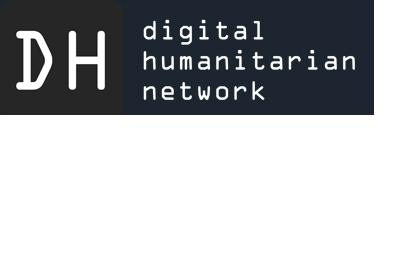MapAction, CrisisMappers and GISCorps are teaming up with the United Nations to provide a better linkage between formal humanitarian organisations and the online technology communities in disaster situations. The resulting Digital Humanitarian Network aims at reducing "data noise" and providing better access to priority information for aid agencies. At the heart of the new structure is a coordinators group. Initially this comprises four individuals who will quickly review requests for help and work with the network to find the right member entities to respond as a solution team. One of the four coordinators is Jonny Douch, operations director of MapAction. The other three are from the United Nations, CrisisMappers and GISCorps. Jonny Douch of MapAction said: "We are hoping this new system will help to unlock the potential of techology expertise world wide to contribute to positive humanitarian outcomes in disasters. MapAction's own teams, who work in the field, will play a vital role in the network by being a bridge between the innovative communities in the 'cloud and crowd', and the emergency responders on the front line."
In recent crises, like the 2010 Haiti earthquake, online technology communities have stepped up to gather, process and share crucial information resources to help aid agencies on the ground. Volunteer communities like the Humanitarian OpenStreetMap Team, and more recently formed groups like DataKind, are adept at exploiting online technologies and crowdsourcing methods to turn new sources of raw data into useful intelligence that can help aid response on the ground. For example, blending analysis of satellite imagery with mobile phone traffic data may offers ways to detect movement of displaced people across a disaster zone

